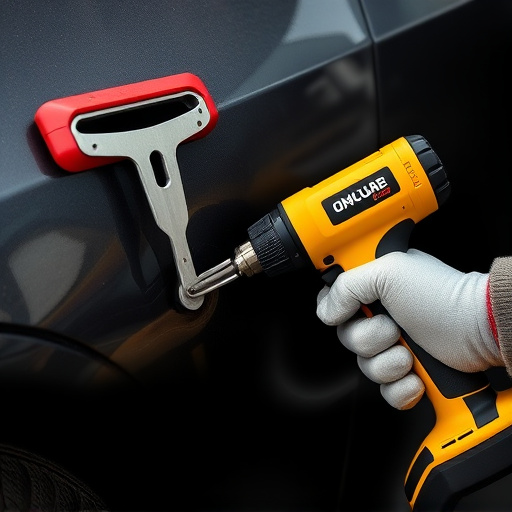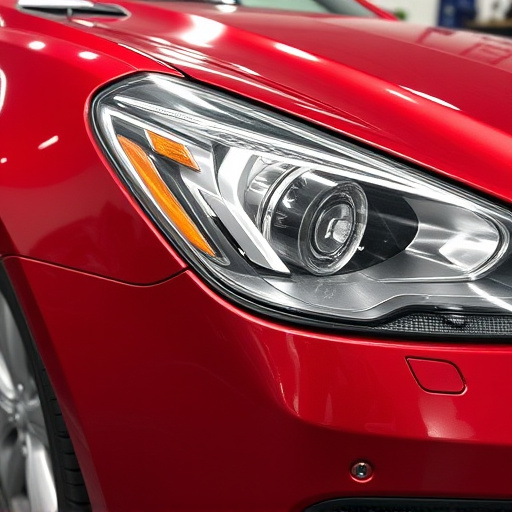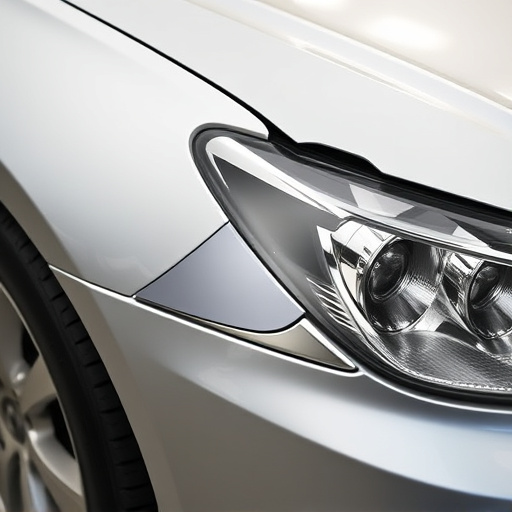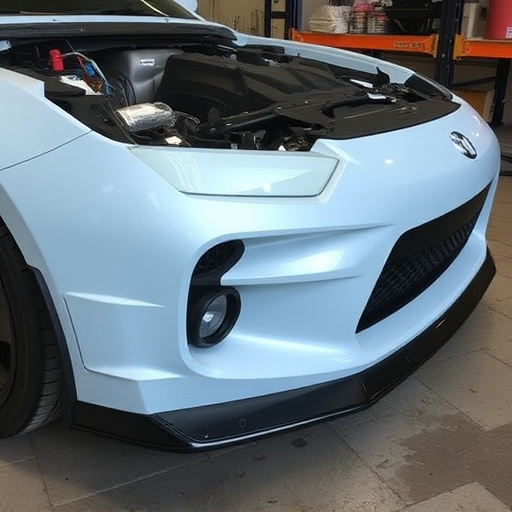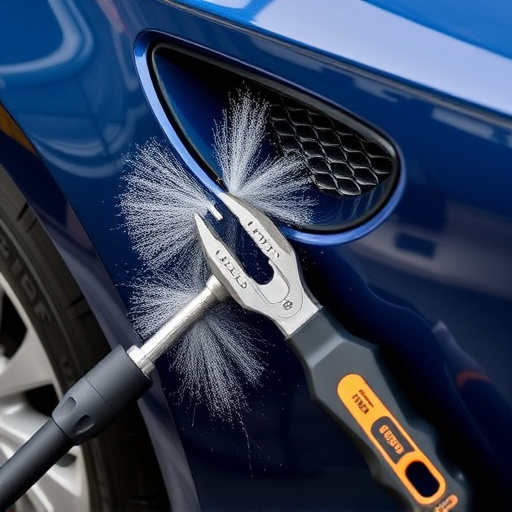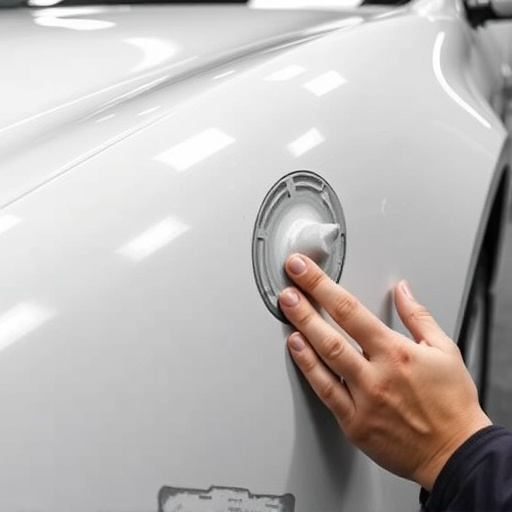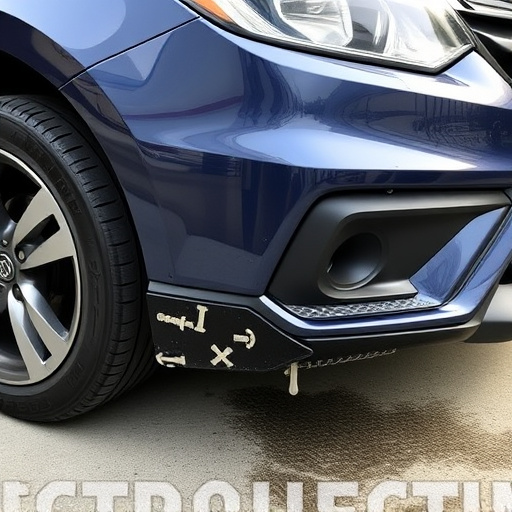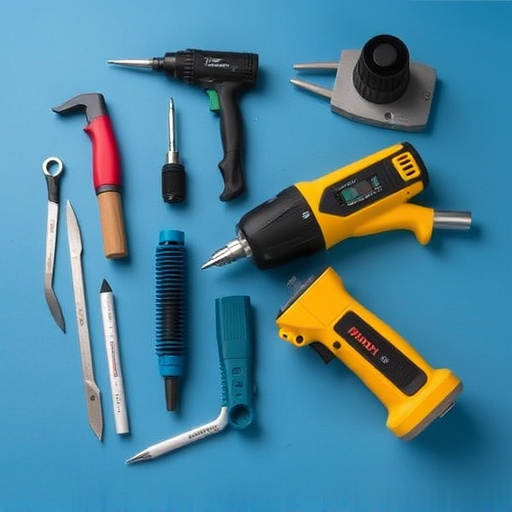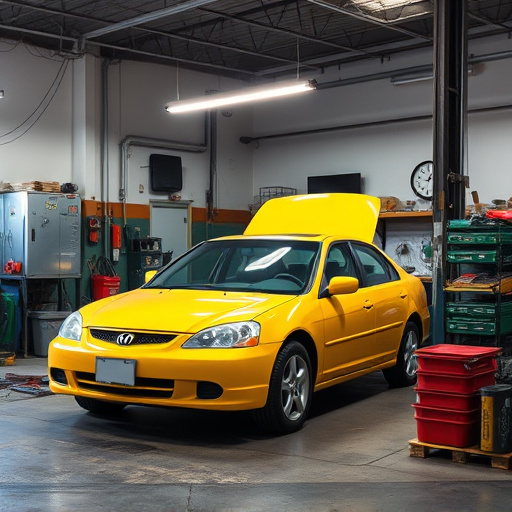Accessing OEM repair procedure information is key to ensuring vehicle maintenance quality and safety. Reputable shops share detailed steps for collision repairs, bodywork, and paint services, adhering to industry standards. Transparency includes cost breakdowns, technician qualifications, and specific model experience for top-notch aesthetic preservation.
When considering repairs for your device, understanding the Original Equipment Manufacturer (OEM) repair procedures is crucial. This article guides you through navigating the process, ensuring quality, and demanding transparency from shops offering OEM repair services. Learn how to access relevant information, decipher technical details, and make informed decisions. By asking the right questions, you can ensure your device receives expert care adhering to the manufacturer’s standards.
- Understanding OEM Repair Procedures
- Accessing and Interpreting Information
- Ensuring Quality and Transparency
Understanding OEM Repair Procedures
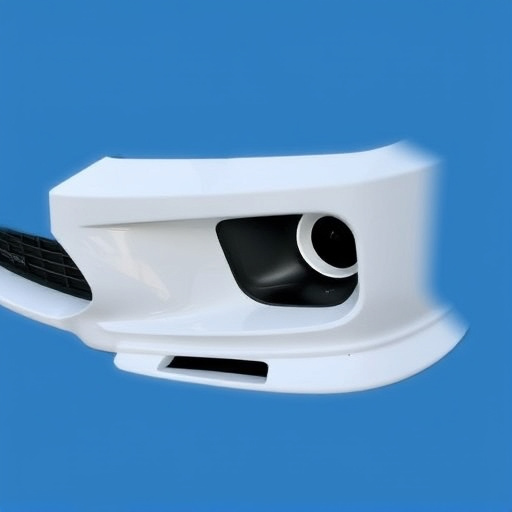
Understanding OEM Repair Procedures is essential when considering any vehicle maintenance or restoration work. Original Equipment Manufacturer (OEM) procedures refer to the specific guidelines and protocols followed by automotive experts for car damage repair, including paintless dent repair techniques, ensuring original quality and precision. These procedures are meticulously designed to maintain the integrity of the vehicle’s original parts and finishes.
When inquiring about OEM repair procedure access, you’re essentially seeking transparency into how a shop handles these guidelines. Reputable shops will adhere to OEM standards for both structural and cosmetic repairs, such as automotive collision repair or even specialized paintless dent repair techniques. This ensures that your vehicle not only looks as good as new but also retains its safety features and original manufacturing quality.
Accessing and Interpreting Information
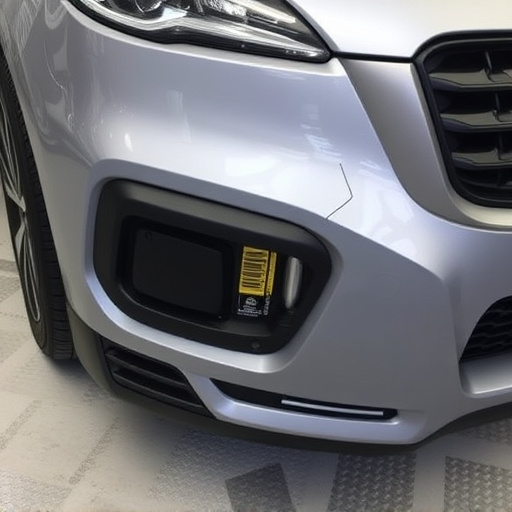
Accessing information about a shop’s OEM (Original Equipment Manufacturer) repair procedure access is a crucial step in understanding their capabilities and reliability. Start by asking for detailed documentation outlining their process, including steps for handling vehicle collision repair, car bodywork restoration, and car paint services. This transparency allows you to assess their methodology and adherence to industry standards.
Interpret the provided information carefully. Look for clarity in their approach, the use of advanced techniques or tools, and a structured system that ensures consistency. Reputable shops will gladly share case studies or customer testimonials to demonstrate successful OEM repairs, giving you a deeper insight into their capabilities and enhancing your decision-making process.
Ensuring Quality and Transparency

When inquiring about an OEM (Original Equipment Manufacturer) repair procedure access, it’s vital to ensure quality and transparency from the shop. Quality is paramount when it comes to maintaining your vehicle’s integrity and performance. Ask for details on their training programs for technicians, as well as certifications they hold, especially in areas like paintless dent repair or auto glass replacement, ensuring these align with industry standards. Transparency builds trust; request a breakdown of costs involved in the OEM procedure, including any potential hidden fees. Reputable shops should be able to provide clear information on parts used, whether genuine OEM or high-quality alternatives, and how they approach each step of the repair process.
In addition to these points, consider questioning their experience with specific models and makes. For instance, if you’re in need of car paint services, inquire about their painting techniques and the level of precision they offer. This ensures your vehicle not only gets repaired but also retains its aesthetic value. A transparent shop will be happy to discuss these aspects openly, giving you peace of mind that your vehicle is in capable hands.
When seeking reliable OEM repair procedure access, it’s essential to ensure transparency and quality from your chosen shop. By understanding their processes, accessing relevant information, and asking critical questions, you can make an informed decision. Remember to inquire about their data security, part sourcing, and standardized procedures to guarantee a high-quality repair that respects your vehicle’s original design.
